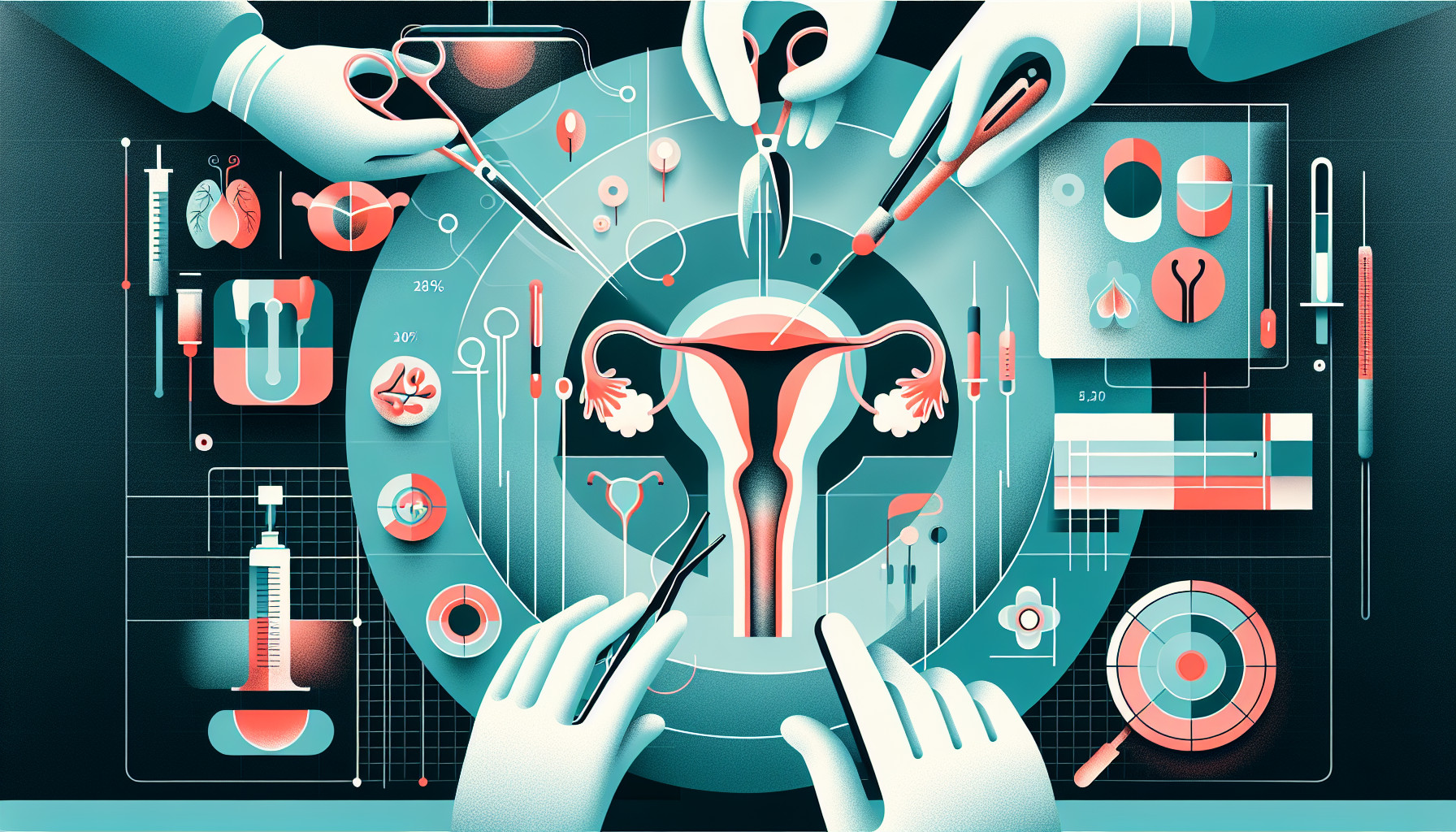Our Summary
This research paper is a review of various surgical techniques used to treat urethral strictures, which are narrowings of the urethra caused by inflammation or injury. The authors looked at medical literature up to September 2020, assessing the effectiveness of each technique based on the rate of the stricture recurring and any complications reported by patients after surgery.
The review included 52 papers, and three main techniques were identified:
Free graft urethroplasty: This is when a graft (a piece of tissue) is taken from another part of the body and used to widen the urethra. Forty studies described this technique, with an average success rate of about 86.5%. The best results were achieved when the graft was taken from the inside of the cheek and used in the penile urethra (the part of the urethra that runs along the length of the penis).
Pedicled flap urethroplasty: This is when a flap of tissue that is still connected to its blood supply is used to widen the urethra. Twelve studies described this technique, with an average success rate of about 76%.
Excision and Primary Anastomosis: This is when the stricture is cut out and the two ends of the urethra are sewn back together. Five studies described this technique, which had the highest success rate (about 89.7%) but was used for the shortest strictures.
In conclusion, the best surgical technique depends on the location and length of the stricture. Graft urethroplasty, particularly using tissue from the inside of the cheek, had the best outcomes overall. Flap urethroplasty had the highest success rates for strictures that affected the entire urethra and the bulbar urethra (the part of the urethra located in the pelvic area), while anastomotic urethroplasty had the greatest success with strictures in the bulbar and penobulbar areas.
FAQs
- What is the most effective technique for treating urethral strictures according to the recent studies?
- How successful is the graft urethroplasty technique compared to the pedicled flap urethroplasty and Excision and Primary Anastomosis methods?
- What factors influence the success rate of different urethroplasty techniques?
Doctor’s Tip
A helpful tip a doctor might tell a patient about urethroplasty is to follow post-operative care instructions carefully, including avoiding strenuous activities and keeping the surgical site clean and dry to promote proper healing. It is also important to attend follow-up appointments with your healthcare provider to monitor your progress and address any concerns or complications that may arise. Additionally, maintaining good overall health and hygiene can help prevent future urethral strictures.
Suitable For
Patients who are typically recommended urethroplasty are those with urethral strictures that are causing symptoms such as difficulty urinating, urinary retention, recurrent urinary tract infections, or hematuria. These strictures may be due to trauma, infection, previous surgeries, or radiation therapy. The decision to undergo urethroplasty is usually made after other treatments such as urethral dilation or urethrotomy have failed to provide long-term relief. The success rates of urethroplasty vary depending on the technique used and the location and length of the stricture. Patients with longer strictures may have lower success rates compared to those with shorter strictures. Overall, urethroplasty is considered a safe and effective treatment option for patients with urethral strictures.
Timeline
Before urethroplasty:
- Patient experiences symptoms of urethral stricture such as difficulty urinating, frequent urination, weak urine stream, and straining to urinate.
- Patient undergoes diagnostic tests such as urethral imaging, urethroscopy, and uroflowmetry to confirm the presence and location of the stricture.
- Treatment options such as urethral dilation or urethrotomy may be attempted initially, but if unsuccessful, urethroplasty may be recommended by the urologist.
After urethroplasty:
- Patient undergoes urethroplasty surgery, which involves either free graft urethroplasty, pedicled flap urethroplasty, or excision and primary anastomosis depending on the location and length of the stricture.
- Post-operatively, the patient may experience some discomfort, swelling, and urinary retention, which are managed with pain medication, catheterization, and antibiotics.
- Follow-up appointments are scheduled to monitor the patient’s recovery, assess urinary flow rate, and check for any signs of re-stricture or complications.
- Success of the urethroplasty is determined based on re-stricture rates and the post-operative maximum urinary flow rate (Qmax).
- Patient may experience improved urinary symptoms and quality of life after successful urethroplasty.
What to Ask Your Doctor
- What type of urethroplasty technique do you recommend for my specific urethral stricture location and length?
- What are the success rates for the recommended urethroplasty technique in terms of re-stricture rates?
- What are the potential complications or risks associated with the recommended urethroplasty technique?
- What is the expected recovery time and post-operative care for the recommended urethroplasty technique?
- Are there any alternative treatment options for my urethral stricture that I should consider?
- How many of these procedures have you performed in the past, and what is your success rate with this specific technique?
- What is the long-term prognosis for my condition after undergoing urethroplasty?
- Will I need any follow-up appointments or additional treatments after the urethroplasty procedure?
- How soon after the urethroplasty procedure can I expect to see improvements in my symptoms?
- Are there any lifestyle changes or precautions I should take after undergoing urethroplasty to prevent future strictures?
Reference
Authors: Jasionowska S, Bochinski A, Shiatis V, Singh S, Brunckhorst O, Rees RW, Ahmed K. Journal: Urology. 2022 Jan;159:222-234. doi: 10.1016/j.urology.2021.09.003. Epub 2021 Sep 16. PMID: 34537198
